Premium Only Content
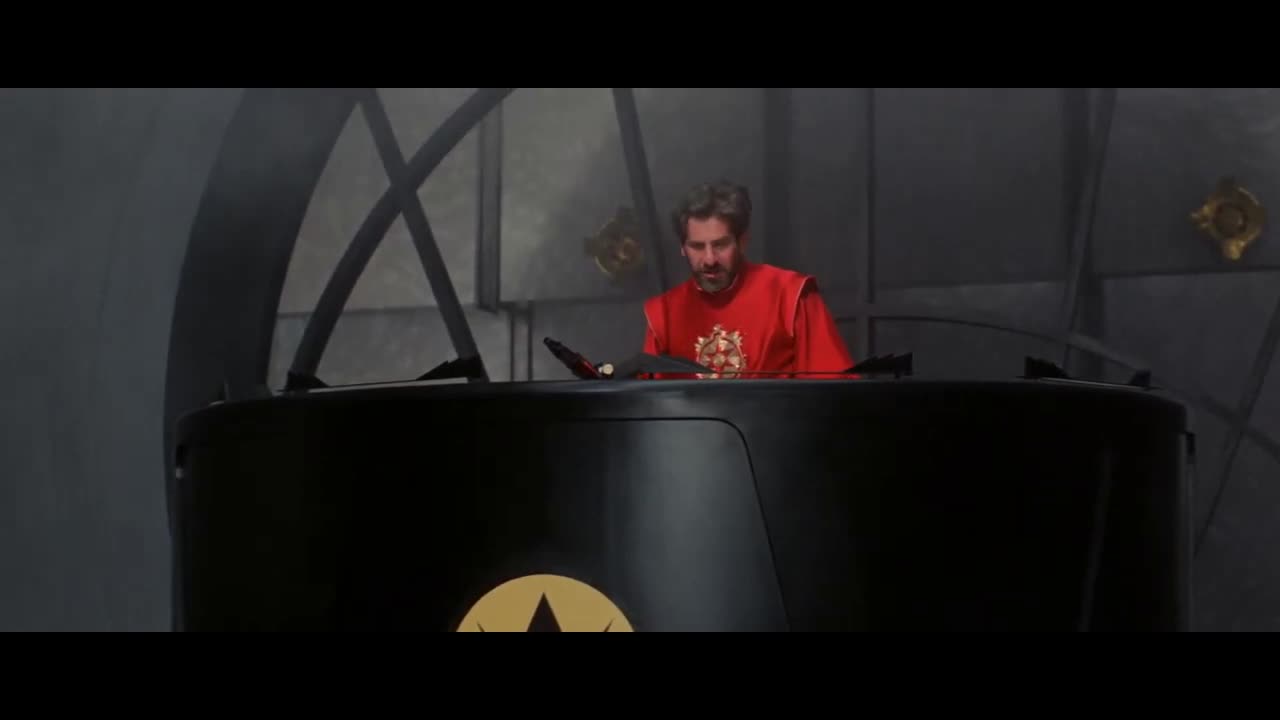
Crazy Little Thing Called Love Keep Yourself Alive Another One Bites The Dust Queen
Crazy Little Thing Called Love Album: The Game (1979)
Keep Yourself Alive Album: Queen (1973)
Another One Bites The Dust Album: Greatest Hits (1980)
by Queen
Freddie Mercury wrote Crazy Little Thing Called Love while Queen were recording The Game in Germany. He wrote it while taking a bubble bath in his room at the Munich Hilton. Peter Hince, the head of Queen's road crew, recalled to Mojo magazine September 2009: "The idea for the song came to him while he was in the bath. He emerged, wrapped in a towel, I handed him the guitar and he worked out the chords there and then. Fred had this knack of knowing a great pop song."
Freddie acknowledged that perhaps his limited talent on the guitar helped shape the song: "'Crazy Little Thing Called Love' took me five or ten minutes. I did that on the guitar, which I can't play for nuts, and in one way it was quite a good thing because I was restricted, knowing only a few chords. It's a good discipline because I simply had to write within a small framework. I couldn't work through too many chords and because of that restriction I wrote a good song, I think."
Crazy Little Thing Called Love sounded a lot more like Elvis Presley than Queen. It was a different sound for the group, but their fans loved it.
Crazy Little Thing Called Love was the first song on which Freddie Mercury played rhythm guitar. He was keen to keep the song minimal, despite his limited guitar knowledge, and producer Mack claimed that he rushed into the studio to record it "before Brian could get there!"
He also played the guitar solo on the original recording of Crazy Little Thing Called Love, but the tapes were lost so Brian May played the solo instead, using a Fender Telecaster to achieve the period sound. May didn't seem to like playing another guitar, and even when playing live, after performing the solo on the Telecaster he would immediately switch back to his Red Special.
At first, this was not released in the US. Since the album was not out yet, radio stations there started playing import copies of the single. This led Queen's record company to release it in America, about 3 months after it came out in England.
Mercury's name is in the lyrics. He sings, "Are you ready," and the band sings, "Ready Freddie."
This section took on a poignant edge after Mercury's death when the song was performed with guest singers, as the lyric was never altered regardless of the vocalist. Fans would take this opportunity to bellow the 'Ready, Freddie!' lyric back at the band in remembrance of the singer.
On stage, Crazy Little Thing Called Love was an important part of the show. Brian May often used three different guitars during the song: the first verse was played by Freddie alone with his guitar, then Brian joined with another Ovation Acoustic; before the third verse he had already switched to a Telecaster on which he performed the solo. During the singalong part (famous for its "ready Freddie" line) Brian again changed instruments to his homemade Red Special. From 1984 onwards Mercury replaced the acoustic with another Telecaster.
The single was very successful for the band, hitting #2 in the UK and becoming their first US #1 hit, There's an unconfirmed legend (commented on by Roger Taylor on the radio show In The Studio, and by Brian May on his website) that declares John Lennon was inspired by this song to go back to the music business. Whether it's true or false is still unknown, but it is a fact that Lennon listened to Queen and he did try new influences on his Double Fantasy album.
Josh Kelley recorded Crazy Little Thing Called Love for the 2005 Queen tribute album Killer Queen.
Keep Yourself Alive is a song about simply staying alive. The message of the song: Staying alive is more important than being rich or famous. It boils down to "being yourself" instead of what everyone else wants you to be.
Queen guitarist Brian May wrote the words and music for Keep Yourself Alive, which was Queen's first single. It highlighted what would become a common facet of Queen's studio work: May's perfectionism. He noted in a 1983 interview with BBC Radio 1: "The first recording of it ever was in De Lane Lea when we did it ourselves and I've still got that recording and I think it's very good and has something which the single never had. But THEY pressurized us very strongly to redo all the tracks and we redid 'Keep Yourself Alive' with Roy and it was pretty awful, actually. I thought it was terrible and I was very unhappy about it and I thought the De Lane Lea one was better and I eventually managed to persuade Roy that it was better as well. So, we went back in and did it again in a way that was a bit more true to the original. But there is no way that you can ever really repeat something. I have this great belief that the magic of the moment can never be recaptured and, although we ended up with something that was technically in the playing and perhaps even in the recording a bit better than the De Lane Lea thing. I still think that the De Lane Lea one had that certain sort of magic, so I was never really happy. As it turned out no one else was ever really happy either and we kept remixing it. We thought that it's the mix that's wrong, we kept remixing and there must have been, at least, seven or eight different mixes by different groups of people. Eventually we went in and did a mix with Mike Stone, our engineer, and that's the one that we were in the end happiest with. That's the one we put out.
But, to my mind 'Keep Yourself Alive' was never really satisfactory. Never had that magic that it should have had."
Keep Yourself Alive also showed a glimpse of May's desire to experiment with guitar recording techniques. Talking to On The Record in 1982, he discussed the techniques behind the opening heavily strummed guitar riff. "That was real tape phasing. This was in the days when you took the tape off the synch head, put it though a couple of other tape delays, and then brought it back with the play head. There is no processing whatsoever on the solo in that tune, as far as I remember. I used John Deacon's small amplifier and the Vox AC-30 to do those little three-part chorus thing behind, as well as the fingerboard pickup on the guitar. There is a bit more tape phasing on the end of that track."
Queen's first single, Keep Yourself Alive has many familiar elements: the stacked guitars, the big harmonies. Brian May recalled to Mojo magazine: "Unfortunately, apart from a few places like Japan, it didn't get much airplay. We were told 'it takes too long to happen, boys. It's more than half a minute before you get to the first vocal.' So when we made the second album, we felt right we'll show them."
Another One Bites The Dust is one of the hardest Queen songs to understand. The opening line reads, "Steve walks warily down the street, his brim pulled way down low. Ain't no sound but the sound of his feet, machine gun ready to go..." Also, the last phrase spoken in the song is not "Shoot Her" or "Shooter," but "Shoot Out."
Though probably not intentional unless someone did an excellent splicing job, the "another one bites the dust" line quite clearly says "decide to smoke marijuana" when played backwards. This is especially clear toward the end of the track when Mercury repeats the line with only the drums playing.
Queen bass player John Deacon wrote Another One Bites The Dust. All four members of Queen wrote songs, and each wrote at least one hit. Deacon also wrote "You're My Best Friend."
Deacon was influenced by the Chic song Good Times. In an interview with the New Musical Express, Chic bass player Bernard Edwards said: "Well, that Queen record came about because that bass player spent some time hanging out with us at our studio. But that's OK. What isn't OK is that the press started saying that we had ripped them off! Can you believe that? 'Good Times' came out more than a year before, but it was inconceivable to these people that black musicians could possibly be innovative like that. It was just these dumb disco guys ripping off this rock 'n' roll song."
Deacon played most of the instruments on the track: lead and rhythm guitars, bass, reversed piano and additional percussion. Brian May did some guitar effects with harmoniser (in the interlude), and Roger Taylor played the drum loop. Surprisingly, there are no synthesizers.
The drum track and the hand claps were looped. They repeat throughout the song.
While the band and producer Reinhold Mack were mixing the track, Brian May's roadie suggested it to be released as single; the band didn't like the idea but were finally talked into doing it when Michael Jackson, after a concert, suggested the same idea.
John Deacon claimed in a 1980 interview that Roger Taylor opposed Another One Bites The Dust's drum beat. This is backed up by the comments of several figures in the Days of our Lives documentary, who noted that Taylor hated having tape put on his drums to deaden the sound.
However, the drummer denied this in an interview with Mojo magazine October 2008. He insisted: "I'd already had an ineffectual pop at that kind of music with 'Fun It,' on the Jazz album. I was never against 'Another One Bites The Dust,' but I was against releasing it as a single."
In 1998, Another One Bites The Dust was used in a commercial for AIWA sound systems. In the ad, a guy drives around with this blaring from his car stereo. At the end of the commercial, we realize he is driving a hearse.
Freddie Mercury loved this track. Brian May recalled to Mojo: "Freddie sung until his throat bled on Another One Bites The Dust. He was so into it. He wanted to make that song something special."
During production of the movie Rocky III, this was used in a key scene where Rocky is training for a fight. Producers could not get permission to use the song, so Sylvester Stallone hired Survivor to write an original song instead, which turned out to be "Eye Of The Tiger."
Queen were originally reluctant to release this as a single, but backstage after a Queen gig at the Los Angeles forum, a visiting Michael Jackson convinced them it would be a hit. "Michael and all his brothers were all going, 'That's a fantastic track. You must release it,'" recalled Queen drummer Roger Taylor to Q magazine December 2009.
This meeting lead to several recordings and collaborations between Freddie Mercury and Jackson, all of which remain unreleased.
Weird Al Yankovic got his first chart placing with his parody of this song: "Another One Rides The Bus." It bubbled under on the Hot 100, placing at #104 in 1981. After a few more minor hits, he landed "Eat It" at #12 in 1984. Even then, Al was getting permission from the artists he parodied before releasing his songs.
Another One Bites The Dust was the single that really broke the band in America, and it garnered a huge following amongst American disco audiences, with many fans and journalists convinced it was a black man singing lead vocals (these people obviously hadn't heard of Queen before so didn't know what Freddie looked like). The band occasionally were unsure of how to deal with this - Roger Taylor jokes in the Days of our Lives documentary of having fans shouting "you guys are bad!" in the street, and he had to ask "does that mean good or what?"
Another One Bites The Dust was used in a 2016 commercial for the Hyundai Genesis that first aired on the Super Bowl. In the spot, Kevin Hart uses the Car Finder app to track down the guy who is using it to take his daughter on a date. After tormenting her suitor, Hart says, "A dad's gotta do what a dad's gotta do."
This is used for CPR training because its bassline has close to 110 beats per minute, which matches the recommended chest compression rate.
-
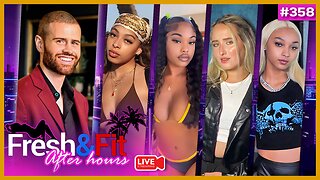 3:11:17
3:11:17
FreshandFit
6 hours agoAfter Hours w/ Girls
67.6K51 -
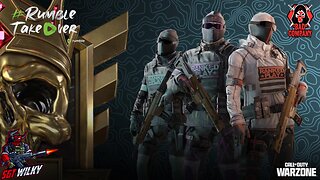 4:44:05
4:44:05
Sgt Wilky Plays
8 hours agoGoing Ranked....but why? I dont know
71.3K6 -
 1:00:48
1:00:48
BlaireWhite
1 day agoThey're Lying About The "Drones". Something Big Is Happening.
43.3K25 -
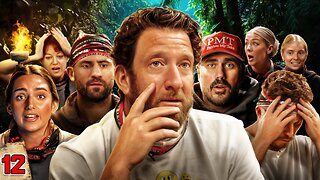 1:02:26
1:02:26
barstoolsports
11 hours agoPretenders and Contenders are Decided | Surviving Barstool S4 Ep12
107K3 -
 1:08:31
1:08:31
Kim Iversen
11 hours agoWhat Happens If You Refuse to Vaccinate Your Kids? | Days After CHD Sues Meta, Zuckerberg Says ‘No More Censorship’, Coincidence?
115K106 -
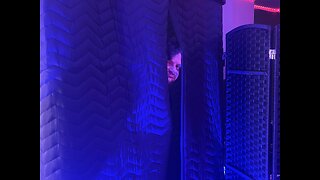 5:04:19
5:04:19
Nobodies Live
10 hours ago $6.31 earnedNobodies Rumble TEST STREAM
69.6K11 -
 47:03
47:03
Man in America
15 hours agoEXPOSED: The Dark Web of UK Rape Gangs, Political Blackmail, and Corruption w/ David Vance
79.1K25 -
 54:35
54:35
LFA TV
1 day agoTrump’s Vision for North America | TRUMPET DAILY 1.8.25 7pm
50.8K14 -
 1:25:34
1:25:34
ChiefsKingdomLIVE
7 hours ago2025 NFL Playoffs Preview Show!
33.8K -
 58:20
58:20
Flyover Conservatives
1 day agoA Detailed Plan on How to ELIMINATE Income Tax w/ PBD, John Stossel, Dr. Kirk Elliott | FOC Show
67.6K5